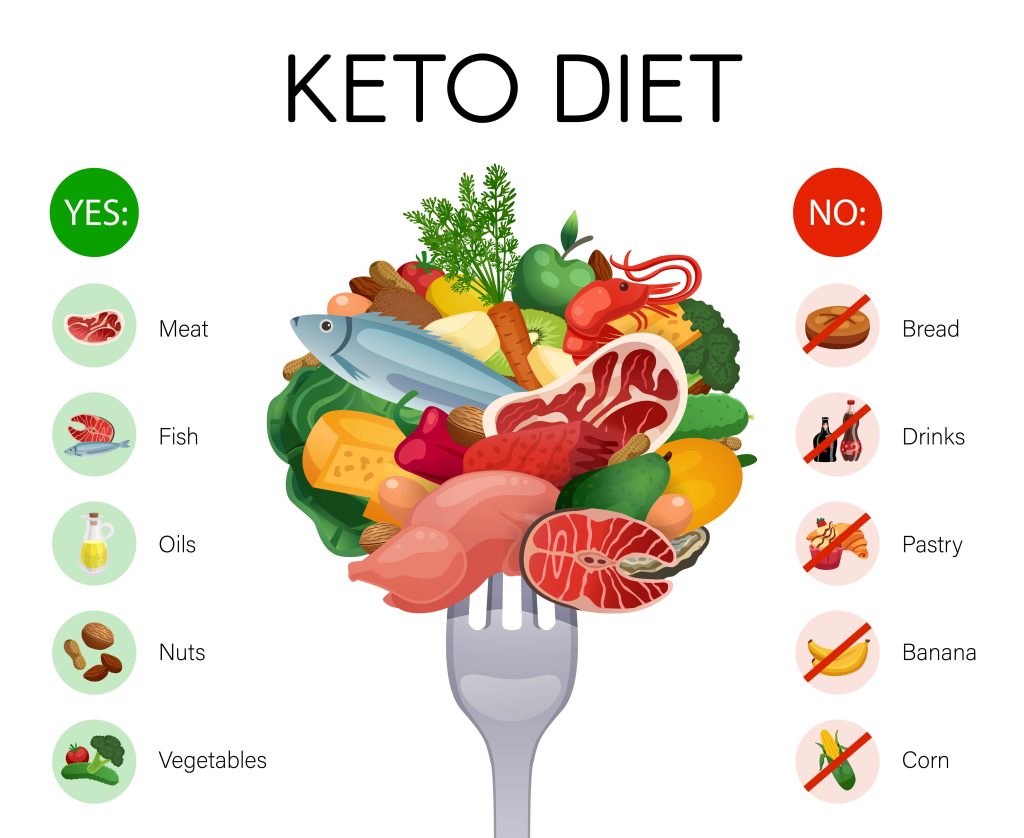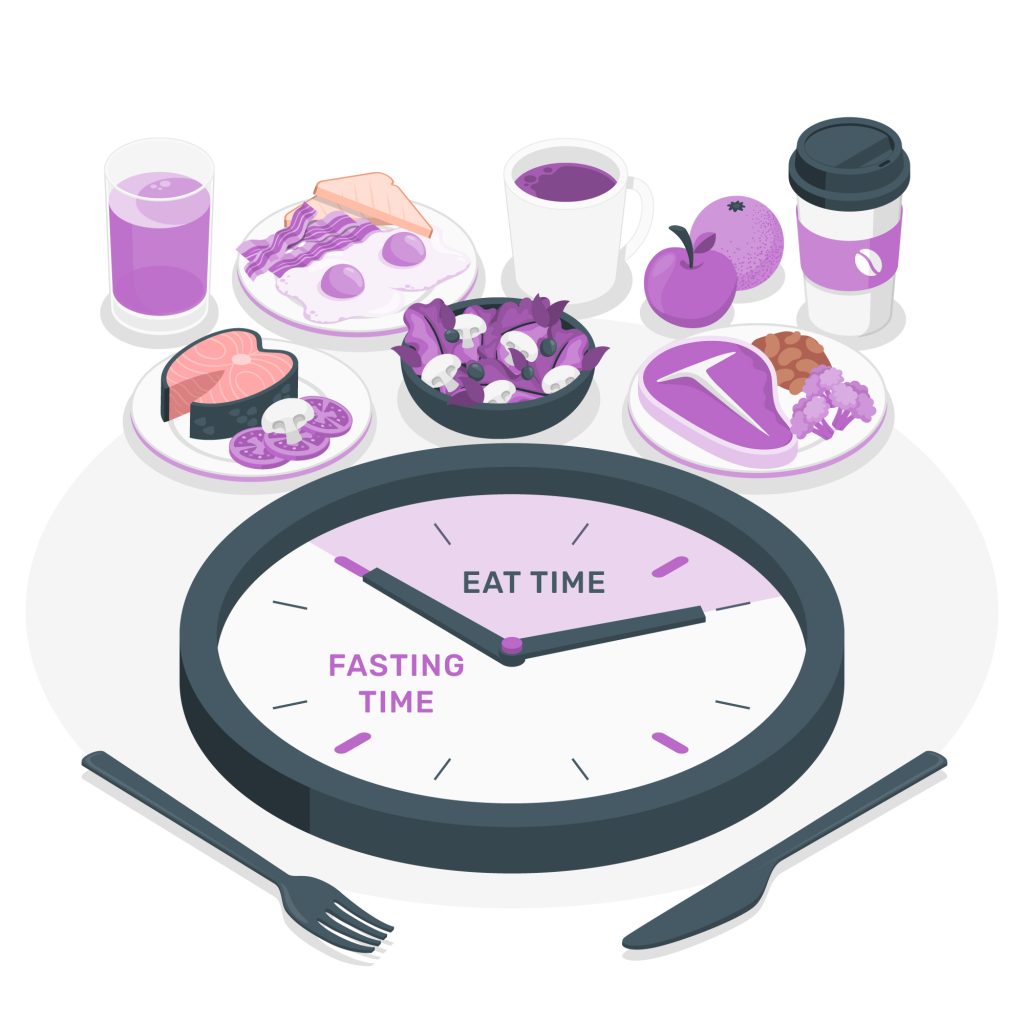You open your social media and scroll through the reels, only to be bombarded with thousands of diet plan testimonials promising to transform your life in weeks. Should you eliminate carbs? What amount of protein should you intake? Should you follow a Mediterranean diet plan or fast intermittently? So many questions run through your mind.
Experts refer to the present situation of dieting as “nutrition confusion” because individuals are so overloaded with contradicting recommendations. This creates a situation where individuals either quit or alternate between different strategies all the time. The concept of ‘one size fits all’ does not apply here, and this is the fundamental truth. What works for your buddy may leave you feeling hungry and undernourished. The celebrity diet you saw on Instagram may not be appropriate for your health or lifestyle.
An excellent place to start is by learning the fundamentals of successful diet programmes, after which you may choose the one that best suits your circumstances. Each diet has its own unique rules, benefits, and limitations. Understanding the various types of diets can help you make an informed decision about which one would work best for your body and needs.
The Foundation of All Diet Plans: Calorie Management
It’s important to realise that energy balance is the key to effective weight management before delving into certain kinds. In simple words, the core concept is that you need to produce a caloric deficit through your diet, which means consuming fewer calories than you expend to lose weight. Your calorie intake should be equal to your energy expenditure if you aim to maintain your weight, and similarly, if you wish to gain weight, you must consume more calories than you burn.
Not all calories are created equally. They vary in terms of nutrition, satiety, or metabolic impacts, but knowing your baseline caloric requirements serves as the basis for any diet plan. Depending on age, gender, metabolism, and the degree of exercise you do, most individuals need 1,800–2,400 calories per day. Using online calculators or consulting with a dietitian can help you determine your needs.
Choosing the Right Diet Plan: Popular Options Explained
Mediterranean Diet

Image Credit- Freepik
Typically eaten in countries along the Mediterranean Sea, the Mediterranean diet places a strong emphasis on whole foods and is frequently regarded as one of the healthiest diet plans. This strategy emphasises fruits, vegetables, whole grains, legumes, nuts, olive oil, and seafood while reducing red meat and processed meals.
The Mediterranean diet is very adaptable and sustainable, making it simpler to follow in the long run. Studies demonstrate that this diet has advantages for cardiac wellness, cognitive function, and mortality. Even with healthy fats like nuts and olive oil, which are high in calories despite their nutritional value, portion control is still crucial for calorie management.
Keto Diet (Ketogenic)

In keto, carbohydrates are severely restricted during the day, usually below 50 grams, to compel the body to utilise fat for energy instead of glucose. The process generates a metabolic state called ketosis, which can regulate the appetite and rapidly lead to initial weight loss.
But while this works for that short-term weight loss, keto is difficult enough to just be followe,d and its side effects may include headaches, fatigue, and intoxication until the body fully adapts. It’s too drastically limited to be socially and nutritionally maintainable. Calorie control often comes naturally, though, because fats and proteins keep you fuller for longer. However, calories do count for that long-term success.
Fasting intermittently (IF)

Image Credit- Freepik
While there are no limitations on eating throughout this program, the major focus is on timing meals. The 16:8 technique, which involves eating inside an 8-hour window, and the 5:2 approach, which involves eating normally for five days and then severely reducing calories for the remaining two, are two popular forms of intermittent fasting.
By reducing the amount of meals people typically consume, IF aids with calorie control. Compared to standard calorie tracking, many people may find it easier to follow IF. However, people frequently overeat during these meal periods, negating any calorie loss. Food choices made during eating windows are therefore largely responsible for success or failure.
The Paleo Diet Plan

By the avoidance of grains, legumes, dairy, and processed foods, and through the eating of complete foods such as meat, fish, eggs, vegetables, fruits, nuts, and seeds, the Palaeolithic diet seeks to recreate the eating habits of our hunter-gatherer ancestors.
Since the diet promotes a high protein intake and discourages processed foods, it results in weight loss. At the same time, this diet can also be expensive and quite restrictive. However, one must still watch their portions of nuts and oils to control calorie intake. This diet results in fewer calories since processed foods consisting largely of high-calorie foods are being eliminated.
The Atkins Diet Plan

Image Credit- Freepik
Multiple Atkins diets have been developed, including Atkins 20 (20 net carbohydrates per day), Atkins 40 (40 net carbs), and Atkins 100 (100 net carbs). As you get closer to your target weight, you can progressively increase your carbohydrate intake from a relatively low starting point.
The reason Atkins works so well for weight reduction is that eating less carbs and more protein makes you feel less hungry, which makes you eat less. Through hunger suppression, the planned stages aid in calorie control, but long-term success necessitates switching to sustainable carbohydrate levels.
Local, Seasonal, Traditional: Going Back to Our Roots
In a world overwhelmed by ever-changing food trends, nutritionist Rujuta Diwekar stands out for her emphasis on simplicity, tradition, and sustainability. Instead of extreme dieting or food group elimination, she encourages people to build a lasting and healthy relationship with food, one rooted in local culture and seasonal wisdom.
Rujuta advocates eating locally sourced, seasonal, and home-cooked meals, incorporating traditional Indian staples like ghee, rice, pickles, and fresh produce. According to her, such foods are not only nutritionally rich but also tailored by nature to suit your environment, climate, and genetic makeup.
Her approach reminds us that food doesn’t need to be complicated or imported to be effective. In her words, “You don’t need a diet plan that disconnects you from your roots, you need one that brings you back to them.” By focusing on portion control, regular meal timings, and mindful eating, her method proves that health can be simple, sustainable, and enjoyable, without obsessing over macros or calorie charts.
The flood of diet fads and health experts filling your feed might quickly overload you. Still, the truth is basic: no one solution fits everyone; hence, there isn’t a panacea. The best diet is the one that matches your physique, way of life, and long-term goals. Whatever it is, Mediterranean, Keto or Atkins, the basic concepts of every diet, calorie consciousness, nutritional balance, and sustainability, remain the same.
Rather than following fad diet plans blindly, focus on creating a good relationship with food. Pay attention to how some foods affect your attitude and energy levels, learn what your body requires, and then act strategically to help you in the long run. Not only should a diet enable you to lose weight, but it should also raise your quality of life.






























